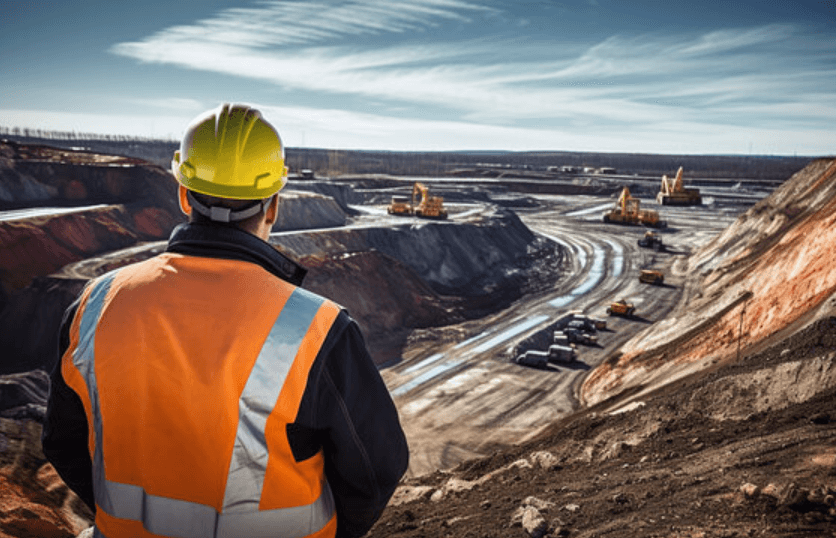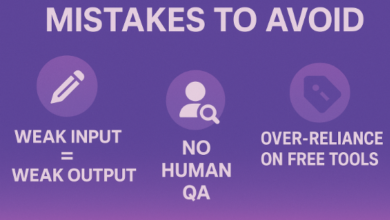
Copper Mining Techniques and Industry Trends in 2025
Copper mining is the process of extracting copper from ore deposits found both on the surface and underground. It involves complex techniques to separate the metal from rock, producing copper in a form suitable for industrial use. The extraction of copper is essential for many industries, as it serves as a critical raw material for electrical wiring, renewable energy technologies, and construction.
The methods of copper mining vary depending on the ore type, with surface mining being the most common due to the low concentration of copper spread over large areas. Advances in technology have improved efficiency, enabling the production of high-purity copper cathodes used worldwide.
Global copper production is concentrated in a few large mines, with countries like Chile and Canada leading the market. The demand for copper is expected to grow significantly because of its role in the green energy transition and modern infrastructure development.
Copper Mining Processes
Copper mining involves a series of well-defined steps that transform copper-bearing ore into usable metal. This includes locating deposits, choosing extraction methods tailored to ore type, and refining the material into nearly pure copper.
Exploration and Discovery
Exploration begins with geological surveys that identify copper-rich areas. Techniques like satellite imaging, geochemical analysis, and geophysical surveys help pinpoint potential deposits.
Once a promising site is found, drilling samples test the ore’s quality and quantity. Data from drilling guides decisions on mine development and potential profitability.
Exploration also assesses environmental and logistical considerations. This analysis influences mine design and operational planning before extraction begins.
Extraction Techniques
Copper ores mainly come as oxides or sulfides, each requiring different extraction methods. Oxide ores are treated using hydrometallurgy, involving leaching with chemical solutions.
Sulfide ores undergo pyrometallurgy, which includes crushing, grinding, and smelting at high temperatures to separate copper from other minerals.
Mines typically use open-pit or underground methods depending on deposit depth and geography. Open-pit mines remove surface material layer by layer, while underground mines access deeper deposits via tunnels.
See also: Why Businesses Should Train Employees to Use WhatsApp Page
Ore Processing and Refinement
After extraction, ore is crushed and ground to liberate copper minerals. Concentration steps remove waste material, often using flotation for sulfide ores.
The concentrated ore then undergoes smelting to produce matte, a mixture of copper, iron, and sulfur. Matte is further refined through converting and electrorefining to produce cathodes of 99.99% pure copper.
Purification removes impurities and prepares copper for manufacturing. This stage ensures the metal meets industry standards for conductivity and durability.
Economic and Environmental Impact of Copper Mining
Copper mining plays a critical role in global economies and technological development but also presents significant environmental challenges. The economic benefits must be balanced with impacts on ecosystems and local communities, requiring careful management and mitigation efforts.
Global Market Contributions
Copper is a highly demanded metal worldwide, with annual production heavily concentrated in countries like Chile, which accounts for about 27% of global output. It is essential for electrical wiring, telecommunications, and renewable energy technologies.
The copper industry provides millions of jobs, supports export revenues, and contributes substantially to GDP in producing nations. Mining operations stimulate local economies by creating demand for services and infrastructure.
Production levels fluctuate with global economic trends, but copper remains crucial to industrial growth and the energy transition. Its role in emerging technologies reinforces its economic significance beyond traditional uses.
Environmental Concerns and Mitigation
Open-pit and underground mining cause land degradation and deforestation, directly impacting habitats and increasing soil erosion. Large-scale vegetation removal disrupts local ecosystems and biodiversity.
Water pollution is a major issue, as mining generates waste and tailings that can leach heavy metals and chemicals into waterways. Air quality problems arise from dust and emissions during extraction and processing.
Efforts to mitigate these impacts include reclamation projects, improved waste management, and adopting cleaner technologies. Sustainable pathways focus on reducing carbon footprints and minimizing surface disturbances while maintaining production efficiency.
Community and Societal Effects
Copper mining operations affect nearby communities in multiple ways. Economically, they generate employment and improve infrastructure, enhancing living standards. However, health concerns arise from pollution and exposure to hazardous substances.
Displacement and land use conflicts sometimes occur, challenging local rights and traditional livelihoods. Social tensions can emerge if mining benefits are unevenly distributed or environmental degradation is severe.
Companies increasingly engage with communities to address these issues through corporate social responsibility programs and consent-based compensation, aiming to balance development with social equity.



